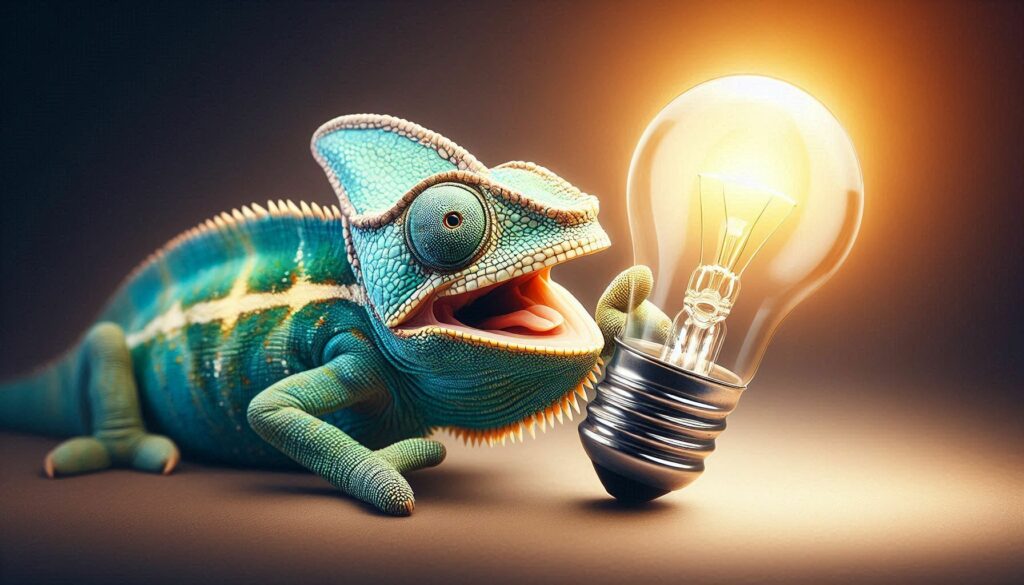Have you ever wondered how the crunch of a potato chip or the scent of a shampoo influences your purchasing decisions? Welcome to the fascinating world of sensory analysis in marketing! In this article, we’ll explore how companies use our senses to create irresistible products and memorable marketing campaigns. Fasten your seatbelts, it’s going to be a sensory journey!
1. What exactly is sensory analysis?
Imagine yourself enjoying your favorite ice cream. The sweet taste, the creamy texture, even the sound of the spoon against the bowl – it’s all part of the experience. Sensory analysis is the scientific study of all these sensations and how they influence our perception of a product.
Marketers use this discipline in two main contexts:
- In the food industry, to create the perfect taste
- In consumer marketing, to understand what really makes consumers tick
And it’s not just taste! Sensory analysis looks at everything our senses can pick up: smells, textures, colors, even the sounds associated with products.
2. The secrets of good sensory analysis
So how do we measure something as subjective as our sensations? That’s where it gets interesting!
A good sensory analysis must be :
- Reliable: results must be consistent
- Accurate: able to detect small differences
- Impartial: not influenced by external factors
But it’s not that simple! Many factors can influence our perceptions:
- Environment: light, noise, even room temperature
- Our state of mind: are you tired? In a good mood?
- The way the test is designed: the questions asked, the order of the samples…
Sensory analysis experts have to take all these elements into account to obtain reliable results. It’s a real challenge!
3. How does it work in practice?
Let’s get down to business! Here are the key ingredients of a good sensory analysis:
Star tasters
Two types of people are usually involved in these tests:
- Experts: trained to detect the slightest nuance
- Lambda consumers: to hear what the “real world” has to say
Test methods
There are several ways to test a product:
- Difference tests: “Are these two sodas different?”
- Descriptive tests: “Describe the aromas of this wine”.
- Preference tests: “Which pizza do you prefer?”
The choice of method depends on what the company wants to know.
4. Sensory analysis for marketing
Now for the exciting part: how do companies use all this?
- To create products you’ll love
- To stand out from the competition (think of the unique shape of the Coca-Cola bottle)
- To communicate effectively on the sensory aspects of a product (“Crunchy as can be!”)
5. Numbers and senses
Once the tests are over, what do we do with all this data? That’s where statistics come in! Sophisticated techniques are used to analyze this information and draw useful conclusions for marketers.
6. The challenges of sensory analysis
Of course, not everything is rosy in the world of sensory analysis. Here are just a few of the challenges facing professionals:
- Bias: our perceptions can be influenced by so many factors!
- Ethical limits: how far can we go to influence consumers’ senses?
- Complexity: interpreting all this data is no easy task
7. The future of sensory analysis
Exciting! New technologies are revolutionizing the field:
- Virtual reality to create immersive test experiences
- Artificial intelligence to analyze mountains of sensory data
- Remote testing, popularized during the pandemic
In conclusion: a feast for the senses… and for marketers!
Sensory analysis is a powerful tool that enables companies to create products that don’t just meet our needs, but truly delight us. The next time you fall for a product, ask yourself: is it your reason that decides, or your senses that have been skilfully seduced?



